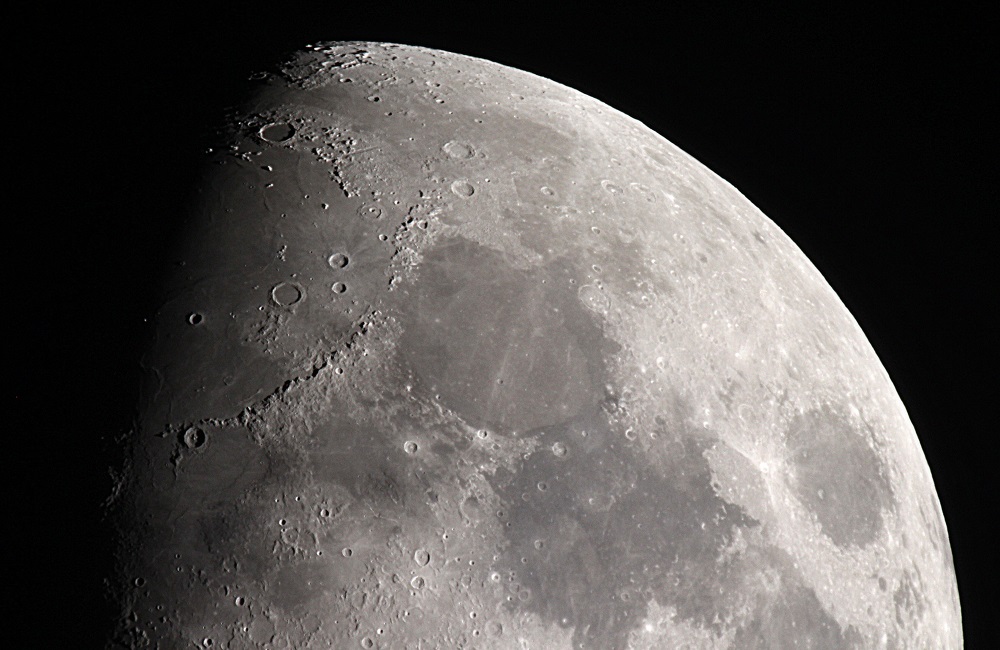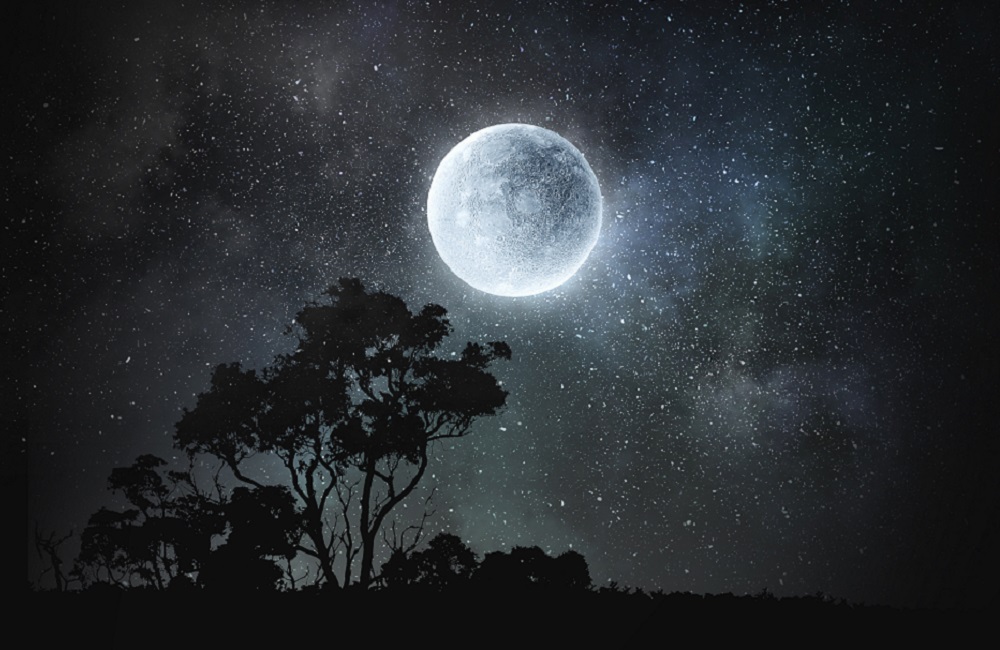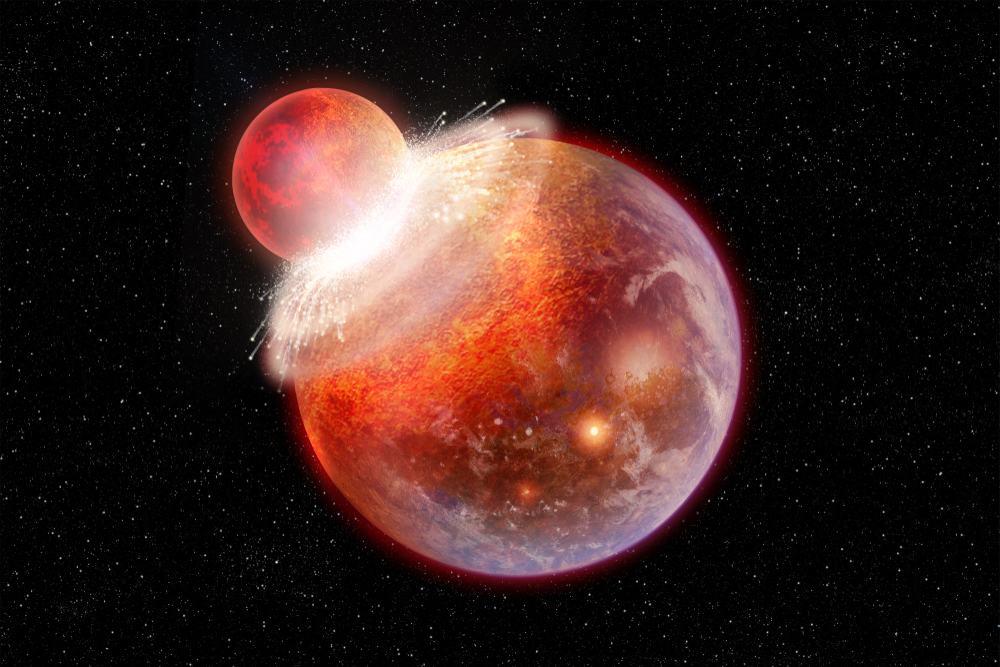OU News
News from The Open University

The moon is still geologically active, study suggests
We tend to think of the moon as the archetypal “dead” world. Not only is there no life, almost all its volcanic activity died out billions of years ago. Even the youngest lunar lava is old enough to have become scarred by numerous impact craters that have been collected over the aeons as cosmic debris […]
Read more about The moon is still geologically active, study suggests

To the moon and back – OU student Hannah on breaking boundaries
Hannah Sargeant spends her days exploring the universe. As a planetary scientist and PhD researcher at The Open University, Hannah, 26, is fulfilling her childhood dream by researching all corners of the solar system. During her career, Hannah has been involved with international research projects to support a series of missions to the Moon, ultimately supporting future […]
Read more about To the moon and back – OU student Hannah on breaking boundaries

Chinese Moon landing: what we could learn from this historic mission
Last week a Chinese space mission made history when it landed on the far side of the moon and sent back images of this mysterious lunar territory. Here Dr Mahesh Anand, Reader in Planetary Science and Exploration at The Open University explains the significance of the mission and why it could lead to more. Chang’e-4 […]
Read more about Chinese Moon landing: what we could learn from this historic mission

China goes where no one has gone before – the moon’s far side
Professor David Rothery, Professor of Planetary Geosciences at The Open University discusses China’s recent successful mission to land its robotic spacecraft on the far side of the moon – the first ever such attempt and landing. In a spectacular few days for solar system exploration – during which NASA whizzed the New Horizons spacecraft past the Kuiper Belt […]
Read more about China goes where no one has gone before – the moon’s far side

Moon offers clues to life beyond our solar system
You might think that comparing rocks from the Earth and the Moon would be like comparing chalk and cheese, but new research led by academics at the OU has discovered that in many ways, they are almost the same. What’s so great about that? As lead author and Research Fellow, Dr Richard Greenwood, explains this […]
Read more about Moon offers clues to life beyond our solar system
Page 2 of 2